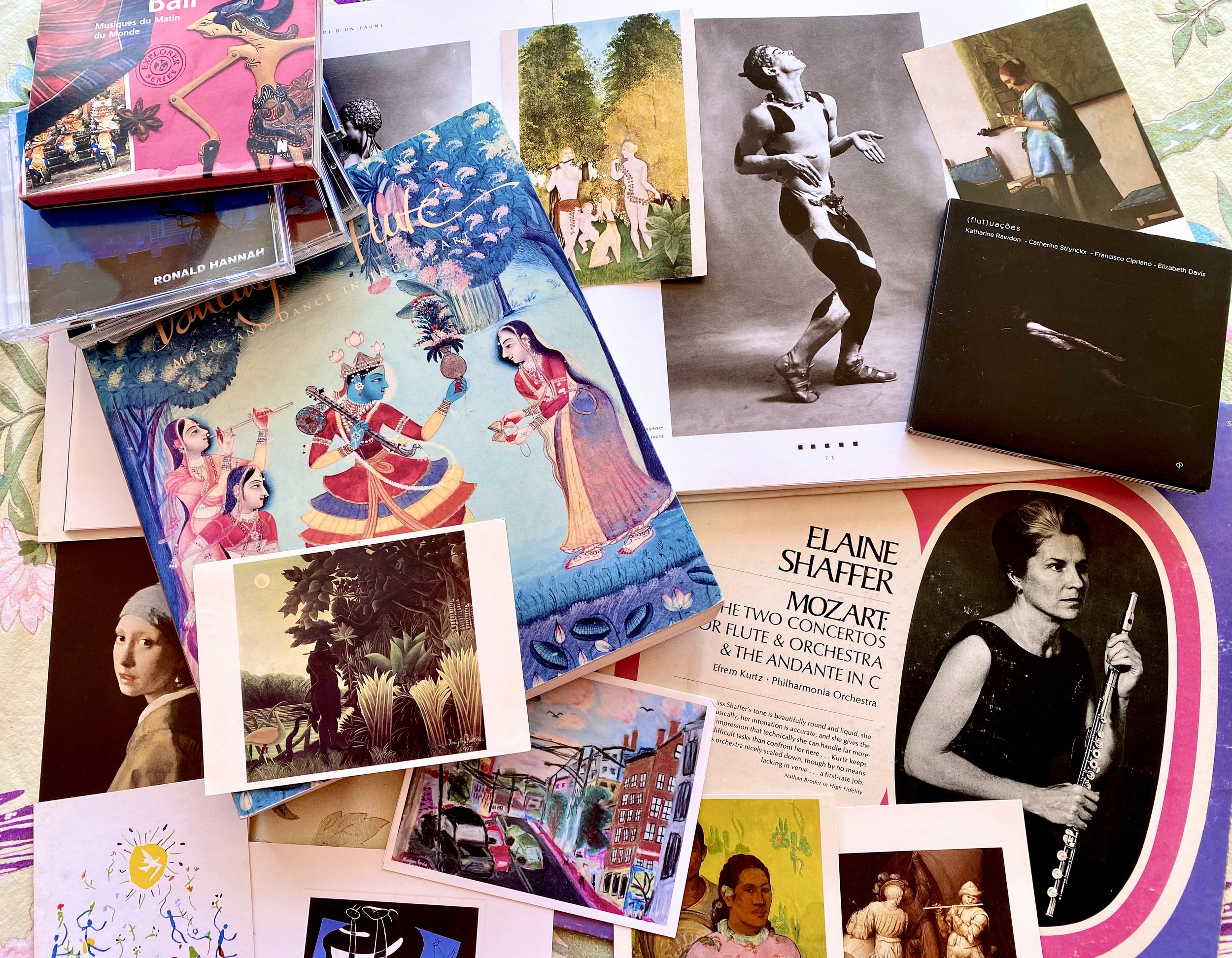In my March blog, I wrote about the irreproducibility of art—how the “real thing” is the only “real thing”. Well, I stand by that 100%…and YET…
A very dear commenter left me a note suggesting leaving a bit of space for the “slightly-less-real”, yup, let’s just call it REPRODUCED art. And, well…(I’m ok admitting it) he is right.
I mean, while attending a concert live is surely the ne plus ultra, I am not about to toss my CD collection into a skip! (Spotify? Skip ye to the skip—I’ve truly had it with you! But that’s another blog…or two).
Because reproduced art is, above all, useful. It’s not the real thing, but it reminds us of the real thing. It can substitute for it, if imperfectly. (This recovering perfectionist recognizes the immense pull of the “perfect” at play). If we accept the imperfection, we can accept the reproduction.
Perhaps even my love for Rothko’s color-drunk canvases began…gasp!…with seeing them reproduced in a book? Or…two gasps!…on a POSTCARD! (Who doesn’t love art postcards? Alas, it’s not like most of us can buy an original Rothko).
Contemplating this, or rather, jerked into this self-confession by my dear commenter, I remembered the curious aphorism coined by the great physicist Niels Bohr:
“The opposite of a profound truth is also true” (don’t shoot me, this is an imperfect reproduction of his statement…).
This seems absurd, but take these examples:
The mobile phone is a blessing—The mobile phone is a curse.
The internet is a blessing—The internet is a curse.
Religious figure X brought peace and healing into the world—Religious figure X brought war and suffering into the world.
Pretty cool how that works, no? (I don’t know if all of these are profound truths…but they do flip nicely!)
For musicians, we have, among many others:
I need to practice—I don’t need to practice.
Sure, we need to practice. But sometimes (frequently?) it does more damage than good. Sometimes we need to just “do the thing” — perform—and stop the (wrong-headed) preparation. Sometimes, we just need to… do anything BUT practice!
In the case of Rothko et al, we have:
Art is irreproducible—Art can be reproduced.
The point is, the reproduction is just that. It is an approximation, a shorthand, a portable or affordable version, a cipher. In the case of recorded music, it is a disembodied, frozen, fixed version of one performance —that nonetheless can spark a mood, make you want to get up and dance, or even move one to tears … Go figure! It’s basically all wrong and yet so terribly USEFUL!
This, in turn, reminds me of Holbein’s portrait of Henry VIII’s 4th wife, Anne of Cleves. Here, the painting itself was the reproduction—of a person—a representation that Henry fell head over heels in love with…only to discover that the “real thing” was not at all to his taste! Holbein’s painting was thus both useful AND all wrong…
(Luckily for Anne of Cleves she got an annulment instead of a beheading!)
In light of this messy paradox, wherein the reproduction both IS and ISN’T “the thing”, perhaps we can agree that every version of art has its purposes—and its limitations.
Put that CD to play, and enjoy. Or stream disembodied, jumbled-up bits and pieces of the Western musical tradition (hello, Spotify), and enjoy. Bring out your art postcards, posters, and coffee-table books, and enjoy. But ALSO…get up off the sofa and make contact with live, unmediated art: direct to your eyeballs, to your ears, to your whole being.
If you suspect I’m walking back on last month’s blog, well…
My blog always tells the truth—My blog…

